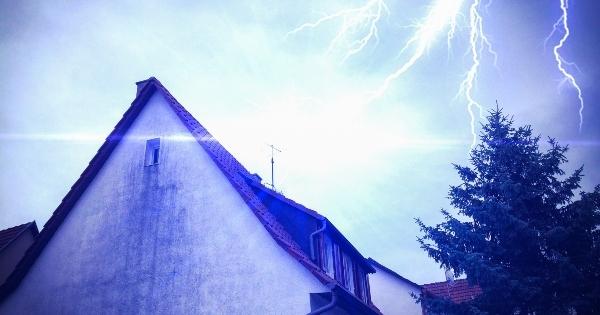Three Tips for Reducing Lightning Risks

By Cotney Construction Law.
Lightning is a dangerous natural force.
Annually in the United States, cloud-to-ground lightning occurs 20 to 25 million times and over 300 people are struck by lightning. During the past 30 years, about 50 people, on average, have been killed by lightning strikes every year, and many more suffer permanent disabilities. Lightning is unpredictable and can strike within a 10 mile radius from any rainfall. Employers should take lightning safety seriously, and precautions should be taken to prevent unnecessary exposure to lightning.
The following tips may help employers keep employees safe from lightning:
-
Make a plan. 29 C.F.R. 1926.35 requires employers to have a written Emergency Action Plan (EAP). Consider including lightning-related safety protocols. For example, the EAP could inform supervisors and workers to take precautionary measures after hearing thunder and seeing lightning. Further, the EAP may specify how your supervisors should determine when to suspend and resume work activities.
-
Watch for signs. Darkening skies, large cauliflower-shaped clouds, and rumbles of thunder can be signs of a brewing storm. When a lightning storm becomes imminent, employers can implement some preventative measures to minimize risks. Power tools and electrical cords could be disconnected from their power sources. Employers can direct their employees to move away from metal objects including scaffolding. Besides metal, employees should avoid water sources.
-
Avoid high ground. The National Oceanic and Atmospheric Administration (NOAA) says lightning is likely to strike the tallest objects in a given area. As such, the NOAA recommends avoiding rooftops, scaffolding and utility poles when lightning is present. Once down from the rooftop, seek shelter inside a building and avoid open shelters such as porches.
Disclaimer: The information contained in this article is for general educational information only. This information does not constitute legal advice, is not intended to constitute legal advice, nor should it be relied upon as legal advice for your specific factual pattern or situation.
Cotney Construction Law is an advocate for the roofing industry and General Counsel of NRCA. Its attorneys practice in all areas of construction law. The firm works extensively on matters relating to OSHA defense, which includes the management and development of safety and health strategies for construction contractors across the United States. The firm’s OSHA practice concentrates on litigation and the appeals of citations involving catastrophic construction-related accidents. For more information, please visit www.cotneycl.com.























Comments
Leave a Reply
Have an account? Login to leave a comment!
Sign In